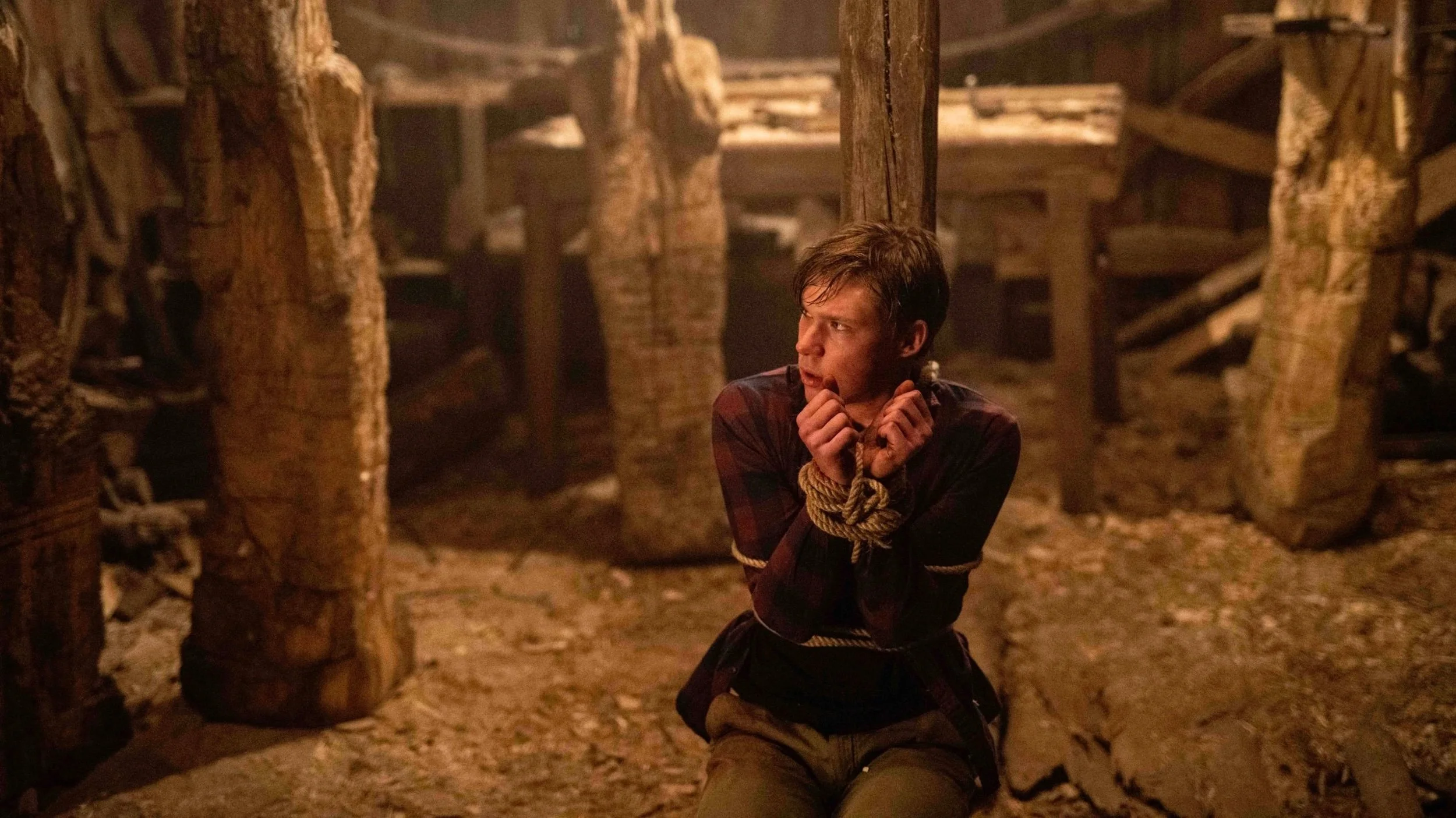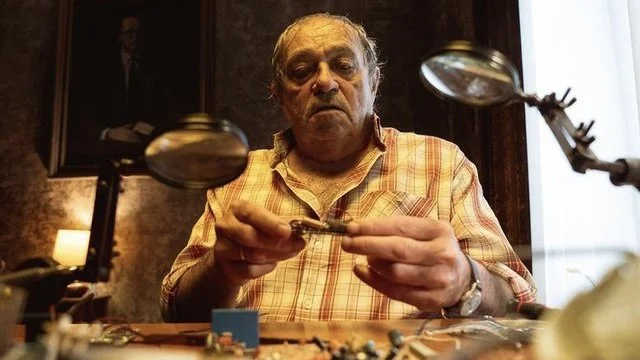Chattanooga Film Festival: Review — "We Might Hurt Each Other"
Don’t fuck with art. If you do, the punishment might be a painful, bloody death. The jacked-up, rambuncious teens in this Lithuanian slasher learn that the hard way…
Supposedly, if what I’ve read online is to believed, We Might Hurt Each Other is Lithuania’s first slasher film ever. If so, that’s pretty damn cool—and what a way kick things off! The initial set-up is traditional—a group of young people venture to a secluded lodging in the woods for a night of celebration and debauchery, then most of them get hacked up by a masked assailant—but thankfully director Jonas Trukanas adds some local zest to the formula.
Namely, there’s an eastern European folksy vibe: several hand-carved wooden statues, known as rūpintojėlis, that somewhat resemble Jesus Christ stand in the vicinity of the festivities. And, nautrally, these religious sculptures get wrecked, because the teens, in need of firewood for an obligatory fire (and just because they’re assholes), decide to chop up and burn them. Then, as soon as they do, bad shit gets summoned—not a deity or vengeful spirt, but rather a pissed-off mortal killing-machine.
And honestly? I’m kind of on his side! The killer’s weaponery appear to be carving instruments, so in a way he—an artist himself, basically—represents every creative whose work has been disrespected or straight-up destroyed. If you’re like me, you can live vicariously through him a little. It’s a bit theraputic, actually. So I say, “Keep slicing, bro!”
The film takes its time early on, though; the bloodbath begins late, after the character dynamics have been well established. But, although it’s slow-going to start, there is a steady uptick in tension from scene to scene. Like a soda bottle getting one good shake every few minutes, the movie eventually explodes with a frenetic outburst of mayhem in what may be the technical high point in the filmmaking. It’s a visual rush of adreneline that fuels-up the rest of the movie.
Narratively, what sets the film a part from many of its peers is its protagonist. We Might Hurt Each Other forgoes a final girl and instead gives us Marius. A “final boy” is not unheard of, of course—plenty of slashers have male leads—but Marius reveals the non-universality of gender standards. So often, final girls are viewed favorably for being plain, reserved, responsible, etc. But Marius’ peers think he’s “boring”, a “loser”. Not even his parents regard him highly. The criticism and disrespect go to his head, causing him to grow morally dubious and douchier over time…
We Might Hurt Each Other makes it easy to root for the killer and actively hope the protagonist gets gutted, and I just think that’s neat!


